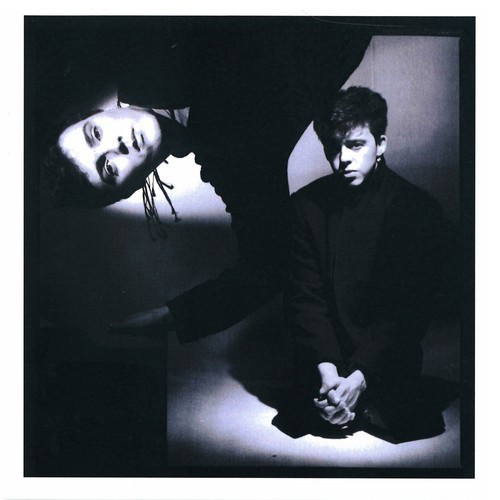- CATEGORIES |
- INTERVIEWS |
- MUSIQUE |
- HARDCORE |
- INDUS/NOISE |
- SYNTH/WAVE |
- ELECTRO/TECHNO |
- PUNK/ROCK |
- INDIE/POP |
- RAP |
- METAL |
- CINEMA |
- FILMS NOUVEAUX |
- FILMS 00’s |
- FILMS 90’s |
- FILMS 80’s |
- FILMS 70’s |
- FILMS ANCIENS |
- LECTURES |
- BIOGRAPHIE |
- LITTERATURE |
- PHILOSOPHIE |
- REVUE |
- SOCIOLOGIE |
- ART |
- PLAYLISTS |
- PRESSE |
- VIDEOS |
- Contact |
TOUS LES ARTICLES AVEC Mainstream
GLOW ON

Le hardcore est-il soluble dans le mainstream ? Le nouvel album de Turnstile pose à nouveau la question : à lire sur Musique Journal
It’s a… Mad World

ROLAND ORZABAL: “Mad World” was a shock. It was supposed to be the B-side of “Pale Shelter.” But when I played it to Dave Bates, he said, “That’s a single.” Thank God. I never particularly liked “Mad World” very much. But that’s why I mucked about with it so much in the studio—programmed it up, spent a long time getting it into the state that it ended up in on The Hurting. I couldn’t sing it. I still can’t sing it—it just doesn’t work. I did a quick double track and hated it. I said to Curt, “You sing it.” And it was much, much better. He’s got a soft resonance to his voice. “Mad World” is, I think, the best vocal he’s ever done. It was recorded brilliantly, and it’s just incredibly haunting. In the early days, I’d just write the songs, and if I couldn’t think of some lyrics, I’d ask Curt to do them. When we started off, it was very much Curt as frontman and me as studio boffin. It was like that until “Shout.” Because it was such a big hit, when we got to America, people saw us more as cofrontmen. Certainly, in the early days in England, Curt was the pop star, and I was in the background.
CURT SMITH: The recording of “Mad World” took a while, but writing it took an afternoon. We were sitting on the second floor of the Bath flat that Roland used to live in, looking down on people dressed in suits going to work, coming back from work, thinking, What a mundane life these people must live. Although since then, I’ve longed for that.
La fabrication du mainstream
« La campagne commerciale d’un long-métrage hollywoodien est un véritable plan de bataille coordonné sur plusieurs continents. C’est l’étape essentielle de tout film mainstream. Durant les trente dernières années, ces campagnes se sont professionnalisées et leur coût a décuplé (environ 2 millions de dollars pour un film de studio en moyenne en 1975 ; 39 millions en moyenne en 2003, mais fréquemment plus de 100 millions pour les principaux blockbusters). LIRE LA SUITE
Disney über alles
« À l’origine du Roi Lion en comédie musicale, il y a le succès du film qui en trois ans de distribution, salles, home video et produits dérivés inclus, a rapporté près d’un milliard de dollars. « Eisner savait que les industries créatives doivent constamment se renouveler. Il ne voulait pas que Disney devienne un musée, il fallait donc se réinventer chaque jour. C’est pour cette raison, puisque j’avais fait le film pour Disney, qu’il m’a finalement donné le feu vert pour emmener Le Roi Lion à Broadway », explique Schumacher. Qui s’engage dans l’aventure avec les moyens financiers que l’on imagine. Pour expérimenter le projet, Disney débloque immédiatement 34 millions de dollars. Deuxième étape : le rachat d’un célèbre théâtre de la 42e rue, l’Amsterdam, un bijou d’architecture Art nouveau datant de 1903, avec ses peintures murales allégoriques, ses frises et ses mosaïques, peu à peu tombé à l’abandon à mesure que les sex-shops, la prostitution, la drogue et les gangs ont envahi la rue. LIRE LA SUITE



DERNIERS COMMENTAIRES